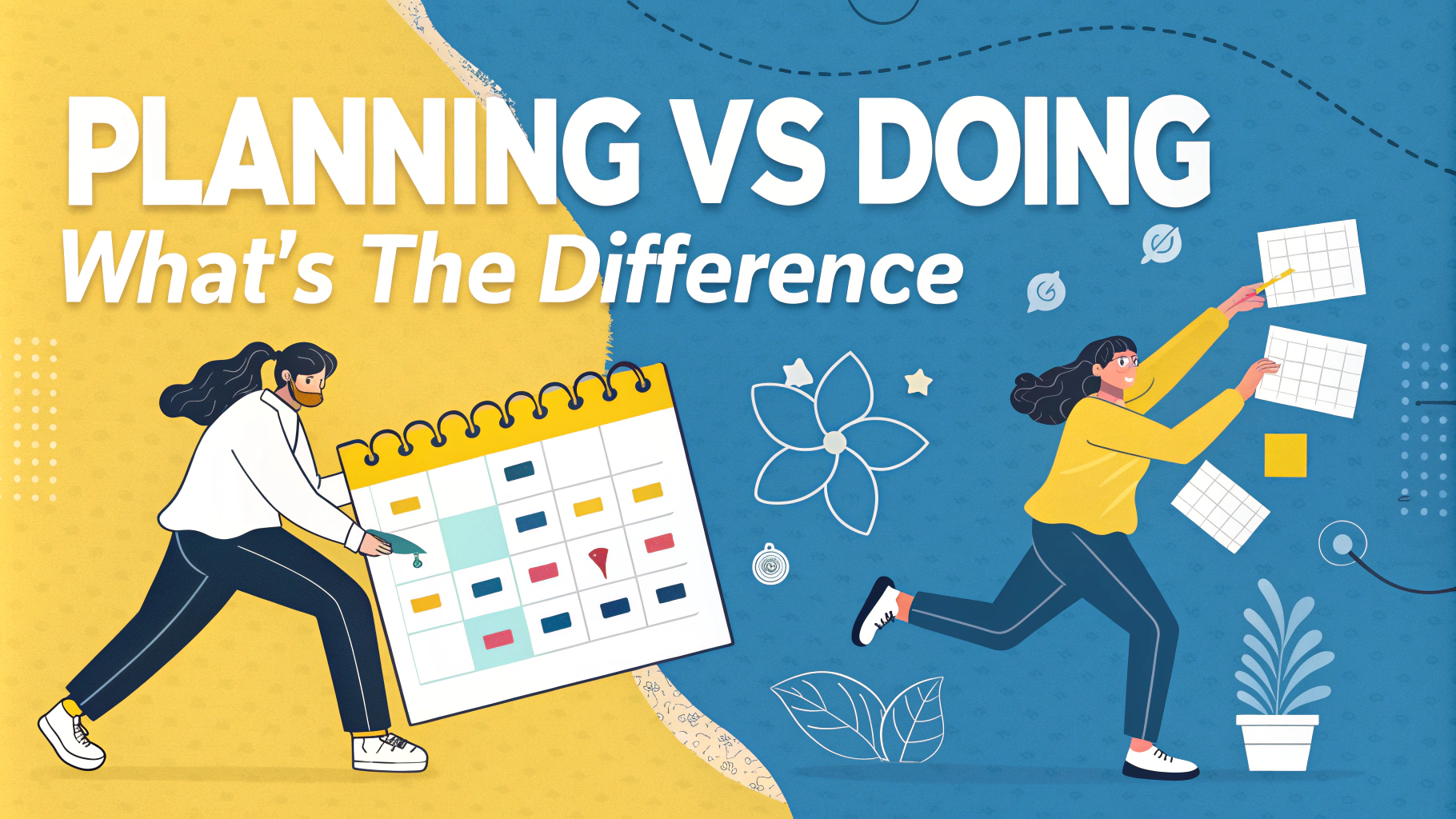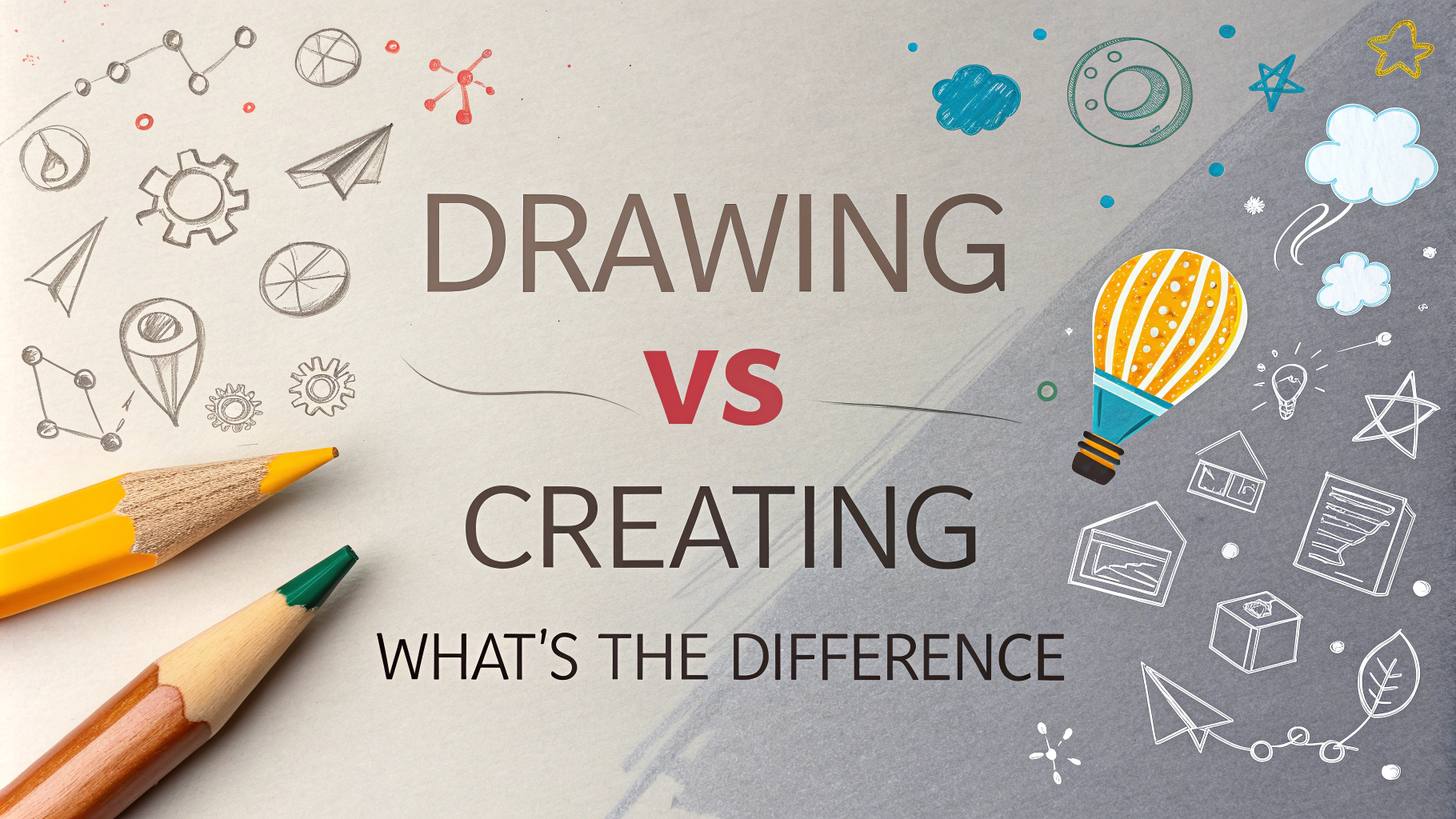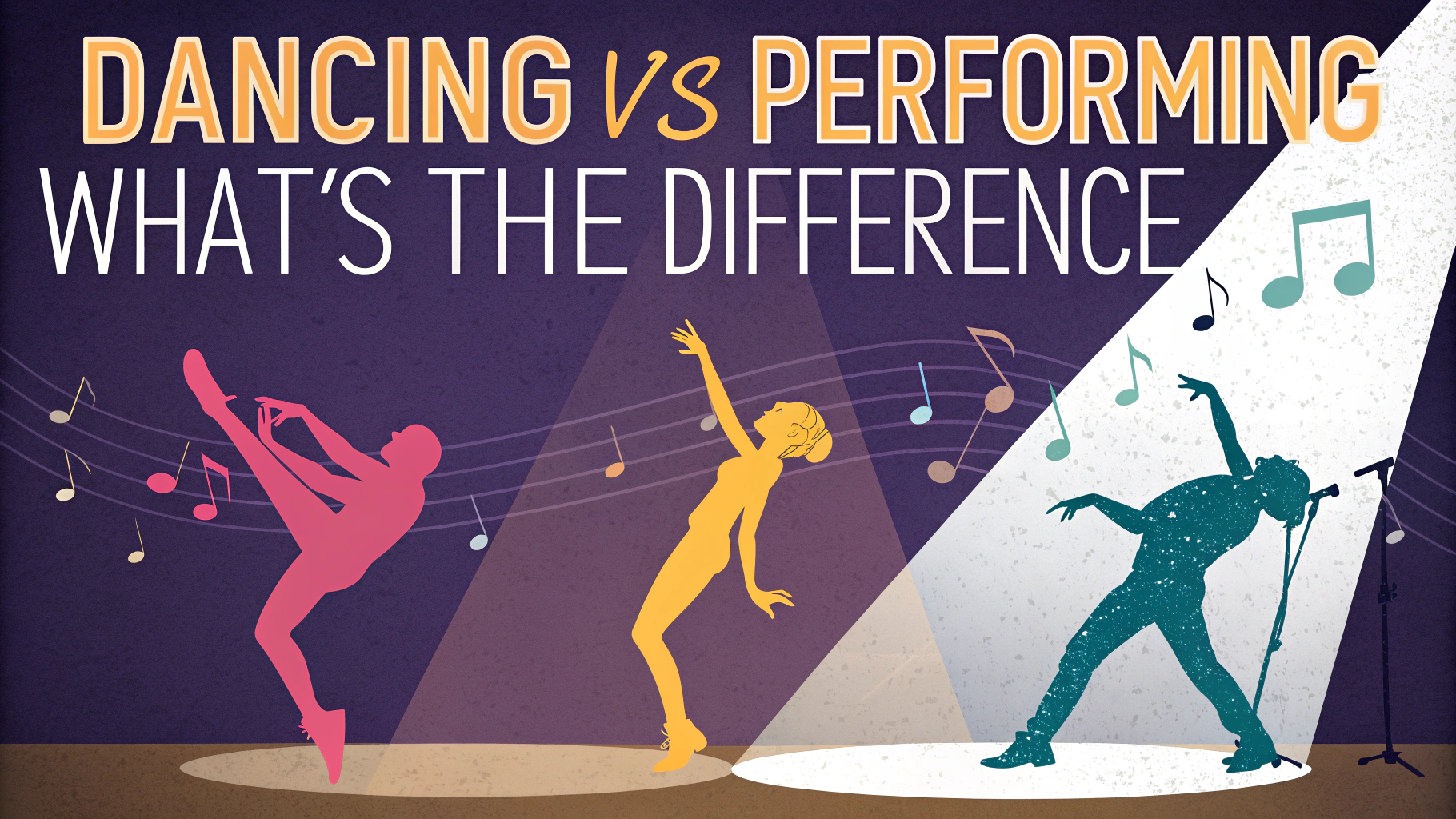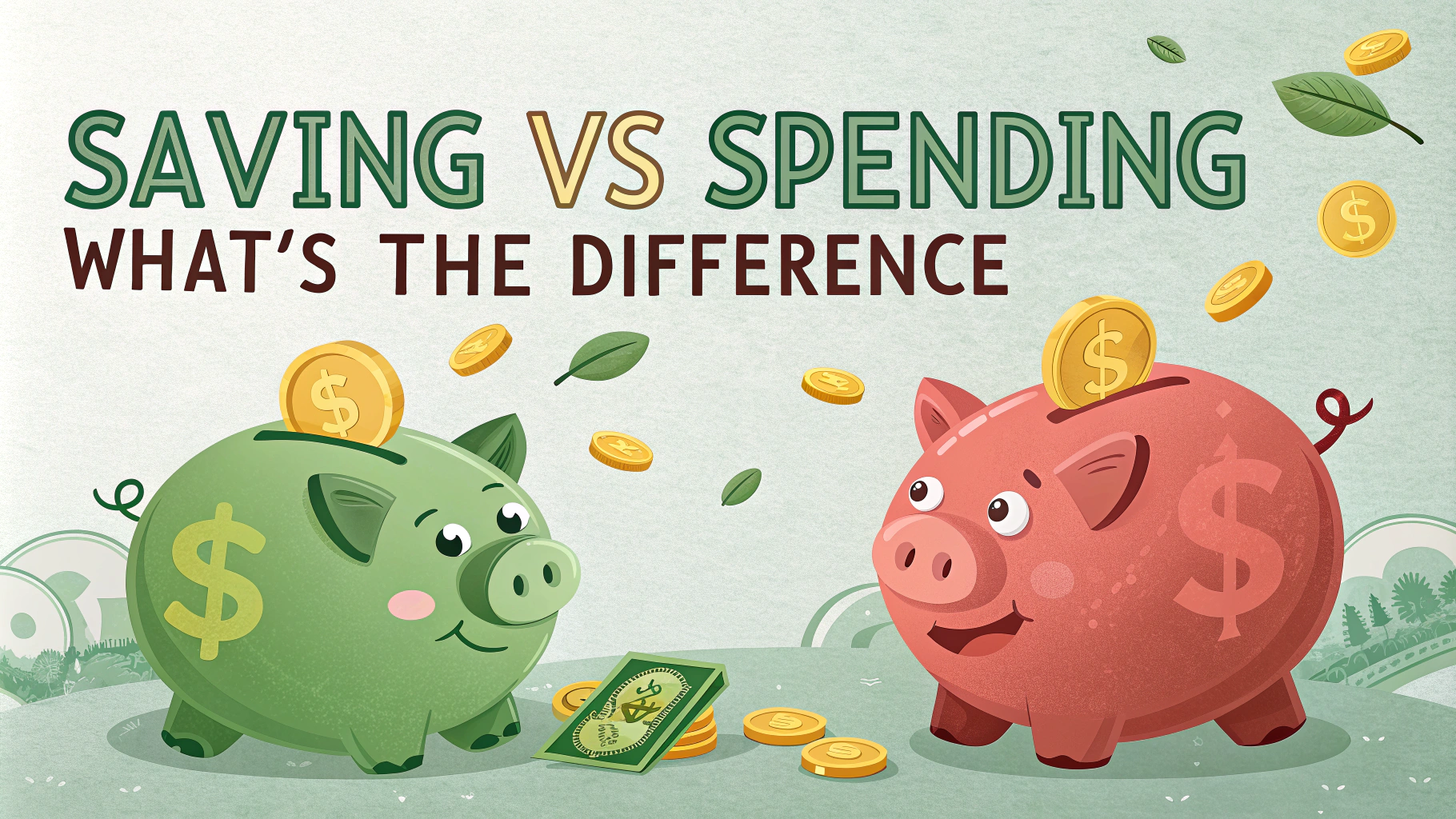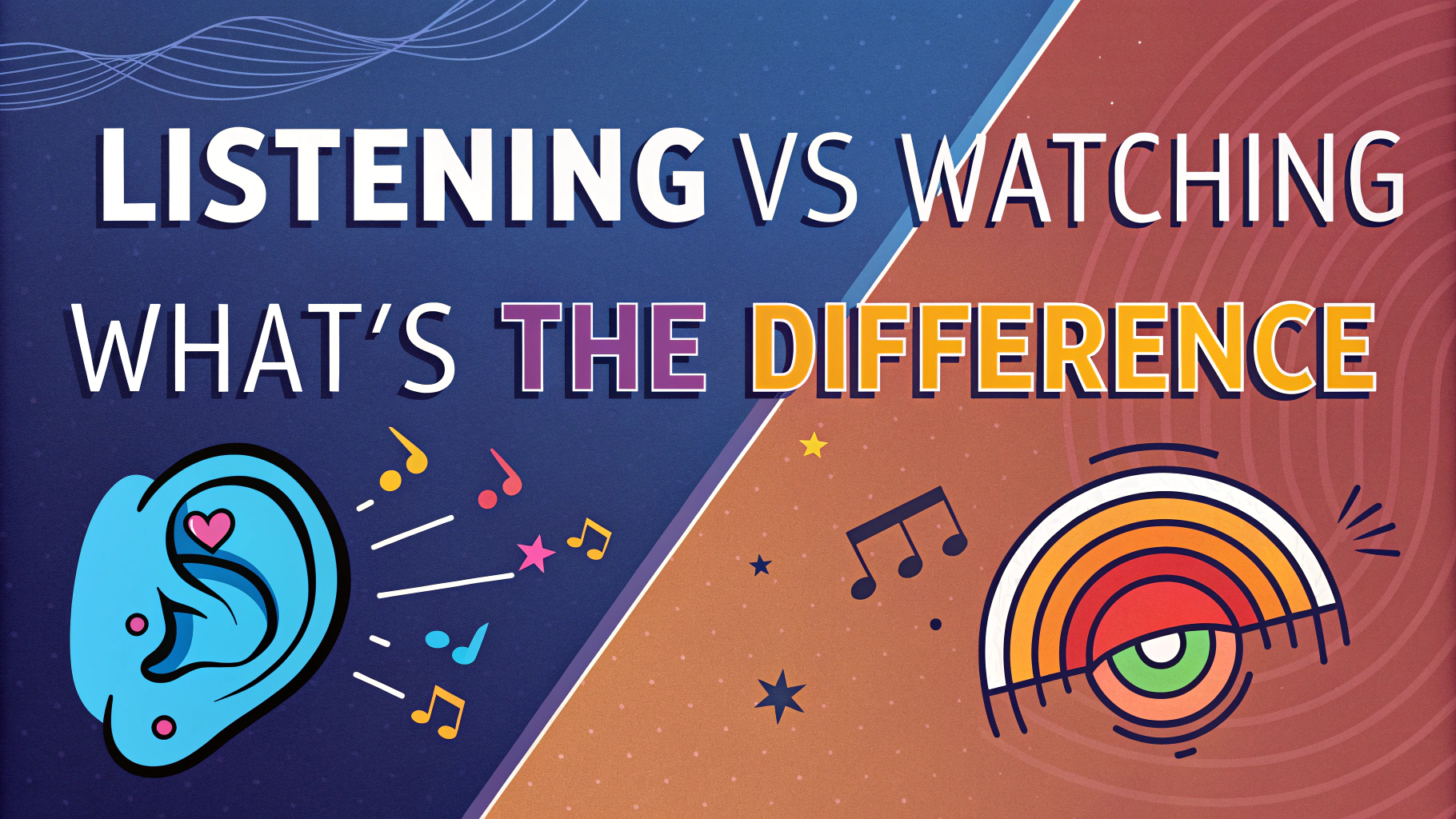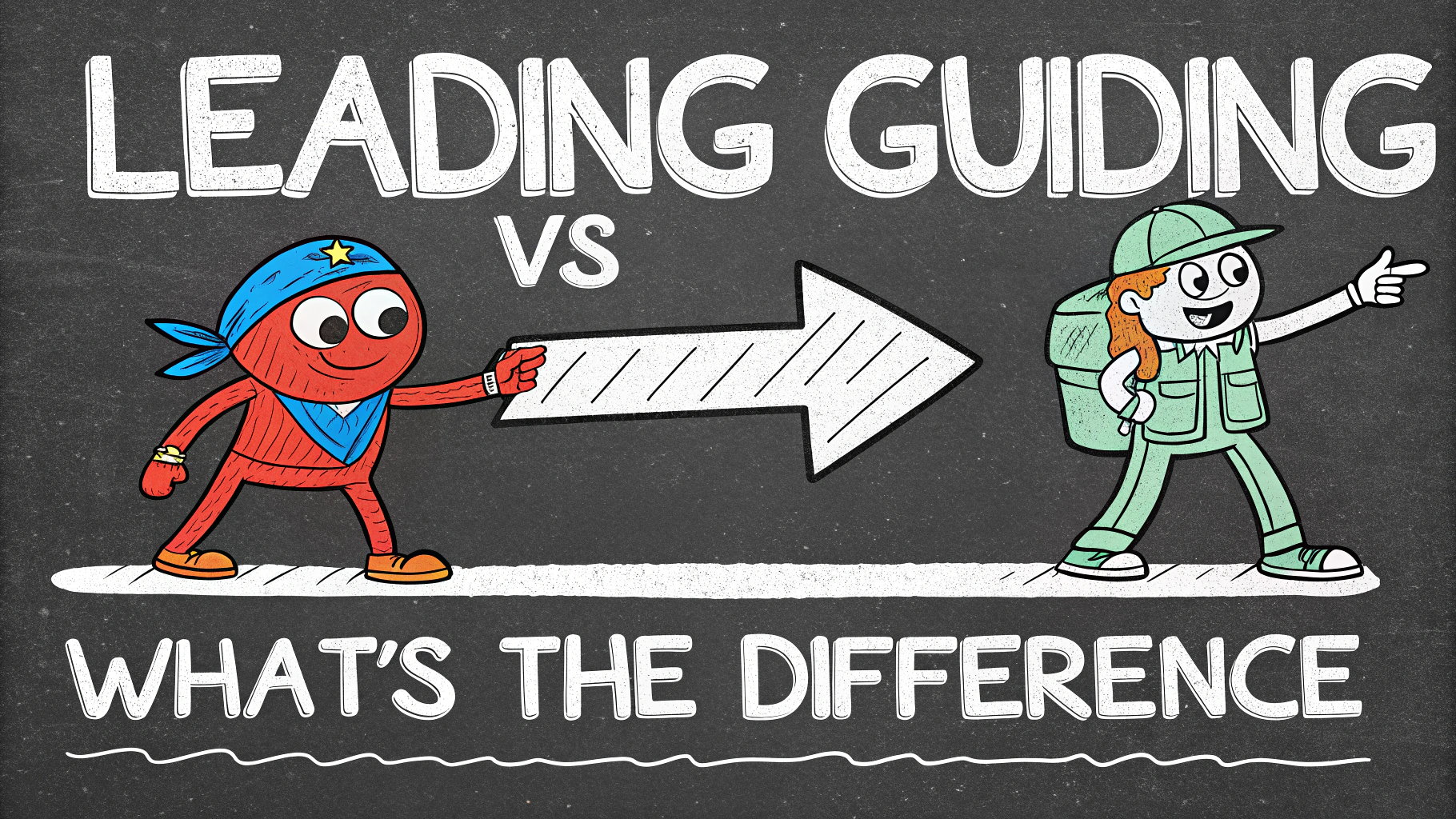Ever wondered where a hill ends and a mountain begins? This quick guide explores the key differences between hills and mountains, helping you understand their unique characteristics and formation processes.
We’ll compare their heights, geological features, and impact on local environments. By the end, you’ll have a clear understanding of what sets these landforms apart and how to identify them in nature.
Defining Hills and Mountains
Hills and mountains are both elevated landforms, but they differ in several key aspects:
- Height: Generally, hills are lower than mountains
- Steepness: Mountains typically have steeper slopes
- Summit shape: Hills often have rounded tops, while mountains may have sharp peaks
- Formation process: Different geological forces create hills and mountains
Height and Elevation Thresholds
While there’s no universally agreed-upon height that separates hills from mountains, some general guidelines exist:
- In the UK, landforms over 2,000 feet (610 meters) are often considered mountains
- In the US, the USGS defines a mountain as having an elevation of at least 1,000 feet (305 meters) above the surrounding area
However, these definitions can vary depending on the region and local topography.
Geological Formation and Characteristics
Hills and mountains form through different geological processes:
Hill Formation
- Erosion of larger landforms
- Glacial deposits
- Tectonic activity (on a smaller scale)
Mountain Formation
- Tectonic plate collisions
- Volcanic activity
- Erosion of plateaus
These formation processes result in distinct characteristics for each landform.
Exploring Local Climate and Ecosystems
Hills and mountains significantly impact their surrounding environments:
- Rainfall patterns: Higher elevations often receive more precipitation
- Temperature variations: Cooler temperatures at higher altitudes
- Biodiversity: Unique ecosystems develop at different elevations
Understanding these effects helps explain the diverse landscapes found in hilly and mountainous regions.
Microclimates in Mountainous Areas
Mountains create distinct microclimates, which can vary dramatically over short distances:
- Windward slopes: Typically wetter and more lush
- Leeward slopes: Often drier with different vegetation
- Altitude zones: Plant and animal life changes with elevation
Human Activities and Land Use
Hills and mountains offer different opportunities and challenges for human settlement and activities:
Hills
- Easier to build on and cultivate
- Often used for agriculture, especially vineyards and orchards
- Popular for residential developments with scenic views
Mountains
- More challenging for construction and farming
- Valuable for tourism, especially skiing and hiking
- Important for water resources and hydroelectric power
These differences shape how communities develop and interact with their environments.
Recreational Opportunities
Both hills and mountains offer unique recreational experiences:
Hill Activities
- Hiking and nature walks
- Mountain biking on gentler slopes
- Picnicking and birdwatching
Mountain Activities
- Rock climbing and mountaineering
- Skiing and snowboarding
- White-water rafting in mountain rivers
Consider the terrain and your skill level when planning outdoor adventures in these areas.
Conservation and Environmental Concerns
Protecting hilly and mountainous regions is crucial for maintaining biodiversity and ecological balance:
- Deforestation: A major threat to both hills and mountains
- Erosion: Can be more severe on steeper mountain slopes
- Climate change: Affecting ecosystems and water resources
Conservation efforts often focus on preserving these unique landscapes and their inhabitants.
Sustainable Tourism
Promoting responsible tourism helps protect these areas:
- Stay on marked trails to minimize erosion
- Practice “Leave No Trace” principles
- Support local conservation initiatives
Conclusion
Hills and mountains, while both elevated landforms, have distinct characteristics that set them apart:
- Height and steepness differences
- Unique formation processes
- Varied impacts on local climates and ecosystems
- Different opportunities for human activities and recreation
Understanding these differences enhances our appreciation for these natural wonders and helps us interact with them responsibly.
Whether you’re planning a hike, considering a move to a new area, or simply curious about the world around you, recognizing the distinctions between hills and mountains adds depth to your outdoor experiences and environmental awareness.
FAQs: Hills vs. Mountains
1. What’s the difference between a hill and a mountain?
The main differences are:
- Height: Mountains are typically taller than hills
- Steepness: Mountains often have steeper slopes
- Formation: Mountains are usually formed by tectonic activity, while hills can be formed by various processes
2. Is there an official height that separates hills from mountains?
There’s no universally agreed-upon height distinction. In the UK, peaks over 2,000 feet (610 meters) are often classified as mountains, while in the US, the threshold is typically 1,000 feet (305 meters) of local relief.
3. What are the easiest mountains to climb for beginners?
Some beginner-friendly mountains include:
- Mount Fuji, Japan
- Kilimanjaro, Tanzania
- Mount Whitney, California, USA
- Ben Nevis, Scotland
4. How are rolling hills formed?
Rolling hills are typically formed by:
- Erosion of once-flat land
- Glacial activity
- Deposition of sediment
- Mild tectonic uplift
5. What’s the difference between hiking and hill walking?
Hiking generally refers to longer walks in nature, often on trails. Hill walking specifically involves walking in hilly or mountainous terrain, and may require more technical skills.
6. Are foothills considered hills or mountains?
Foothills are generally considered hills. They are the lower-elevation areas at the base of a mountain or mountain range, forming a transition between plains and mountains.
7. What are some famous hill stations in India?
| Hill Station | State |
|---|---|
| Darjeeling | West Bengal |
| Shimla | Himachal Pradesh |
| Ooty | Tamil Nadu |
| Munnar | Kerala |
8. What’s the difference between a butte and a mesa?
Buttes are isolated hills with steep sides and a flat top, typically smaller than mesas. Mesas are larger flat-topped hills or mountains with steep sides, often found in arid regions.
9. How do mountain ranges affect weather patterns?
Mountain ranges can influence weather by:
- Creating rain shadows on their leeward side
- Forcing air to rise, cool, and condense, leading to precipitation
- Affecting wind patterns
- Creating microclimates
10. What are some benefits of hill training for runners?
Hill training can provide runners with:
- Increased leg strength and power
- Improved cardiovascular fitness
- Enhanced running economy
- Better mental toughness
11. How do geologists classify different types of mountains?
Geologists classify mountains based on their formation process:
- Fold mountains: Formed by tectonic plate collision
- Fault-block mountains: Created by faulting and uplift
- Volcanic mountains: Formed by volcanic activity
- Dome mountains: Resulting from magma pushing up beneath the crust
12. What are the Seven Sisters hills in England?
The Seven Sisters are a series of chalk cliffs in East Sussex, England. They are part of the South Downs and are known for their distinctive undulating appearance when viewed from the sea.




